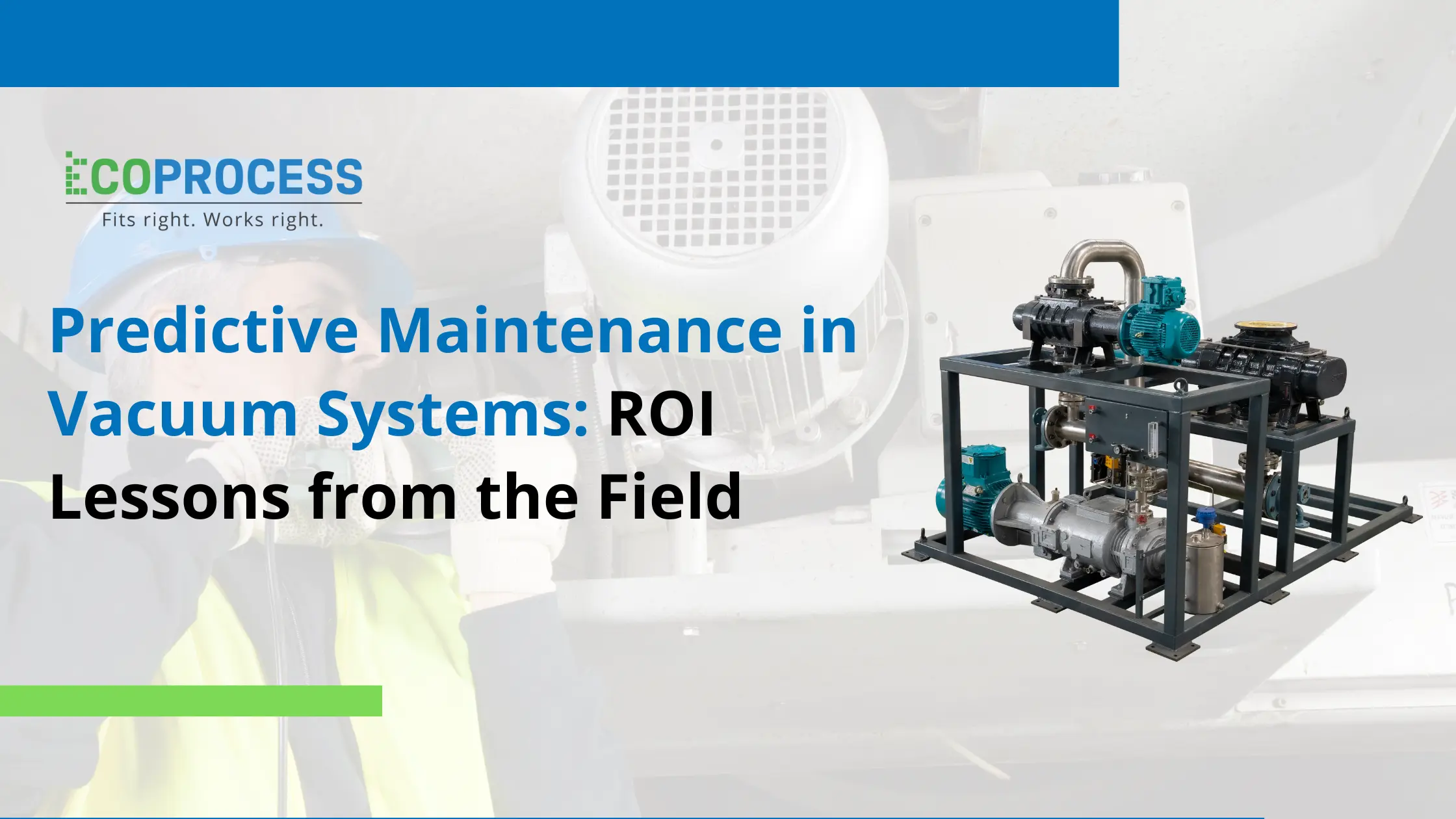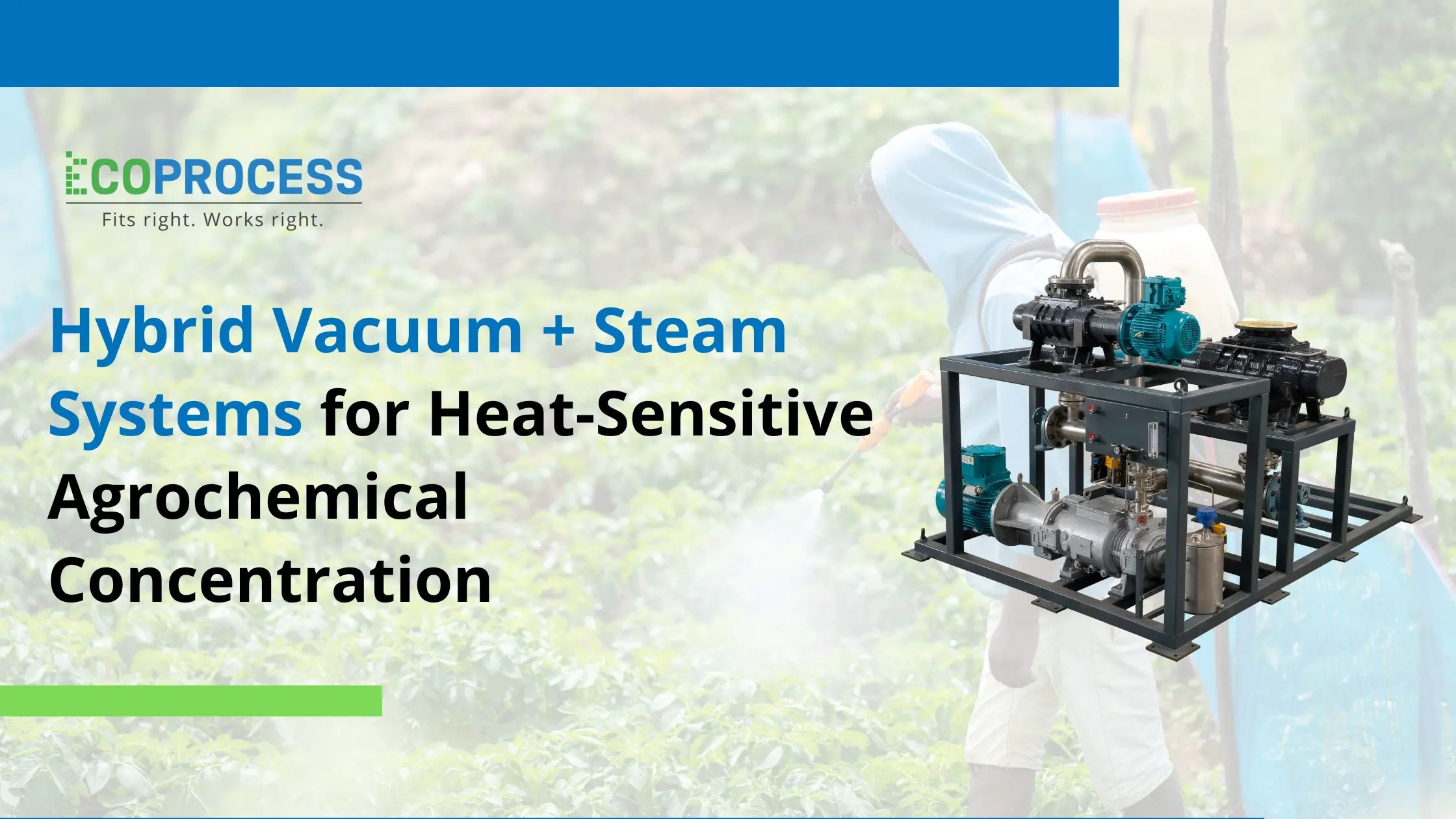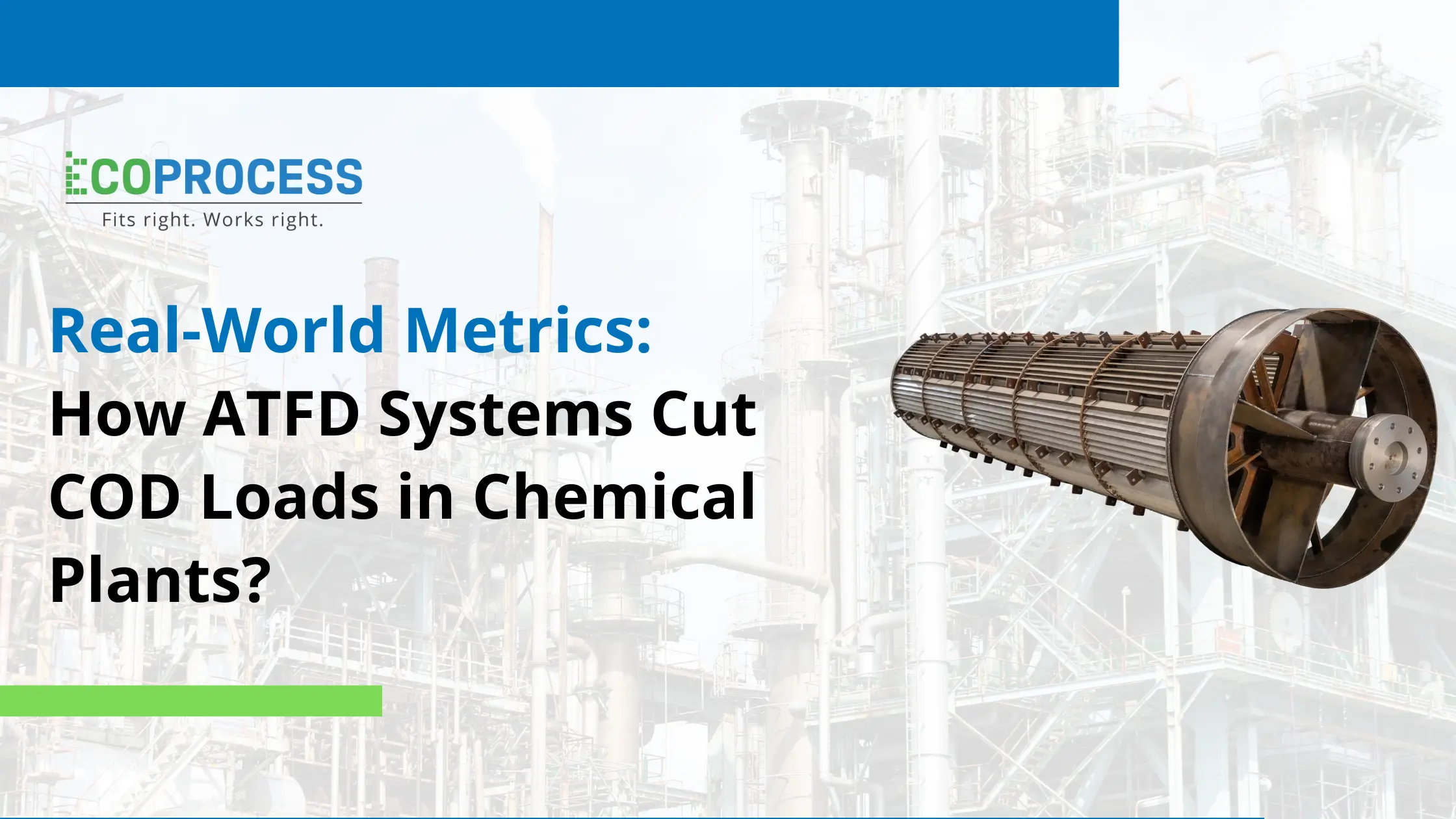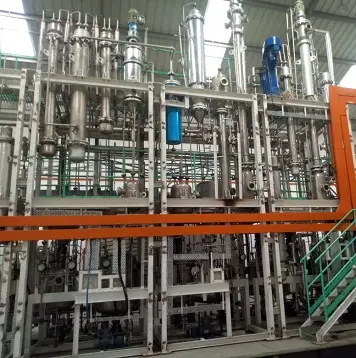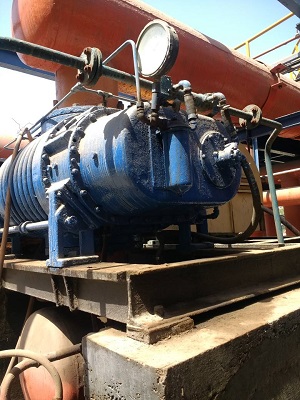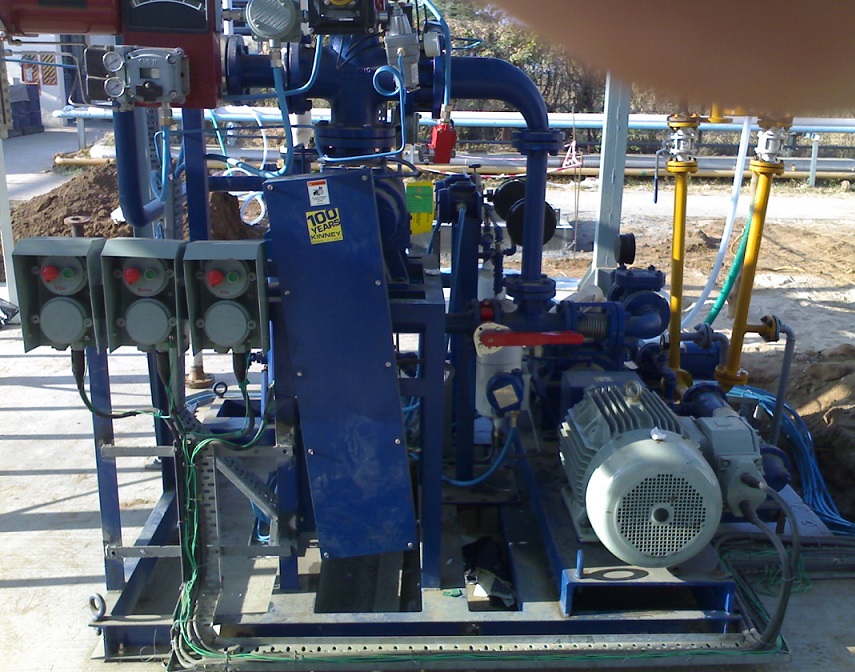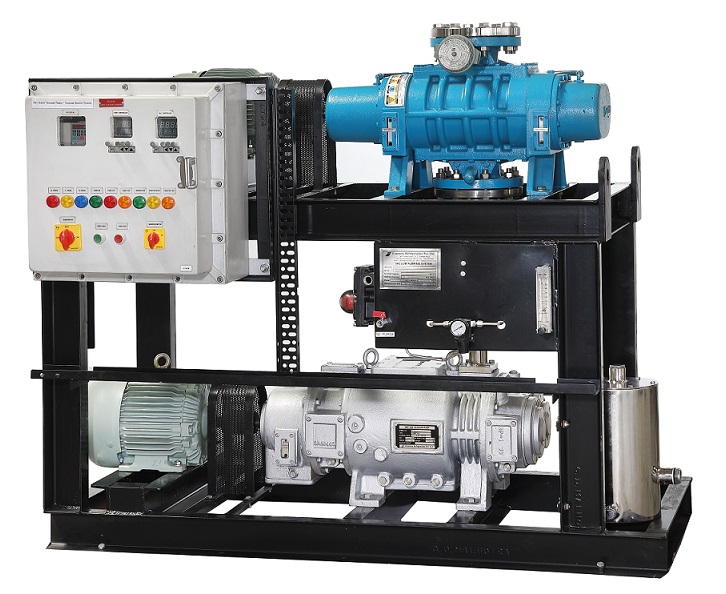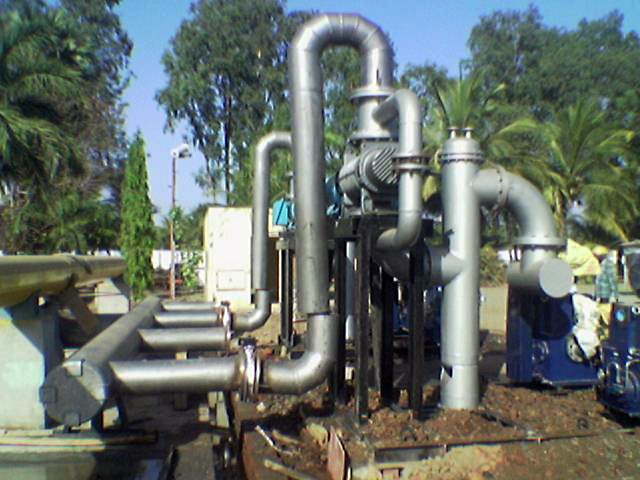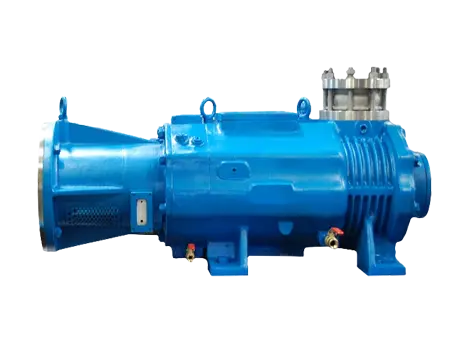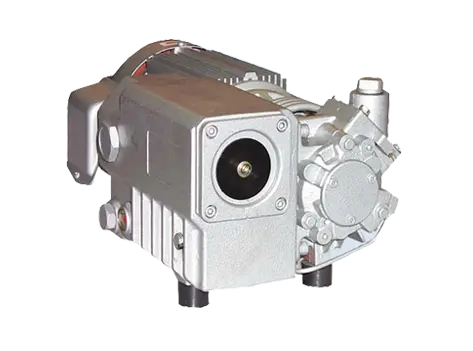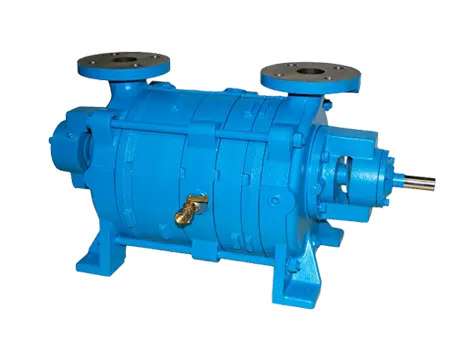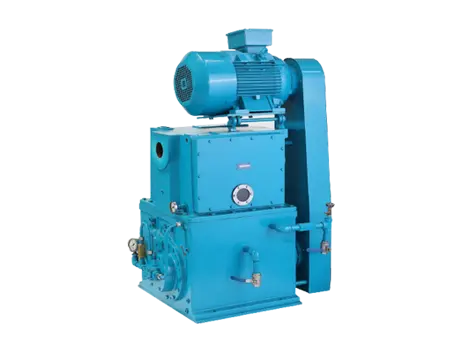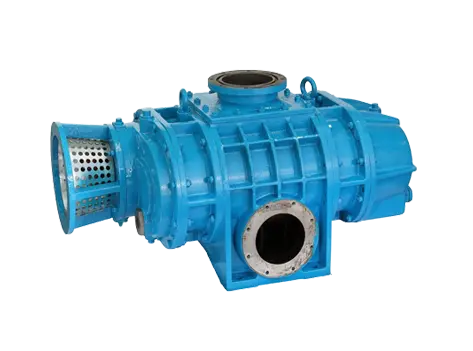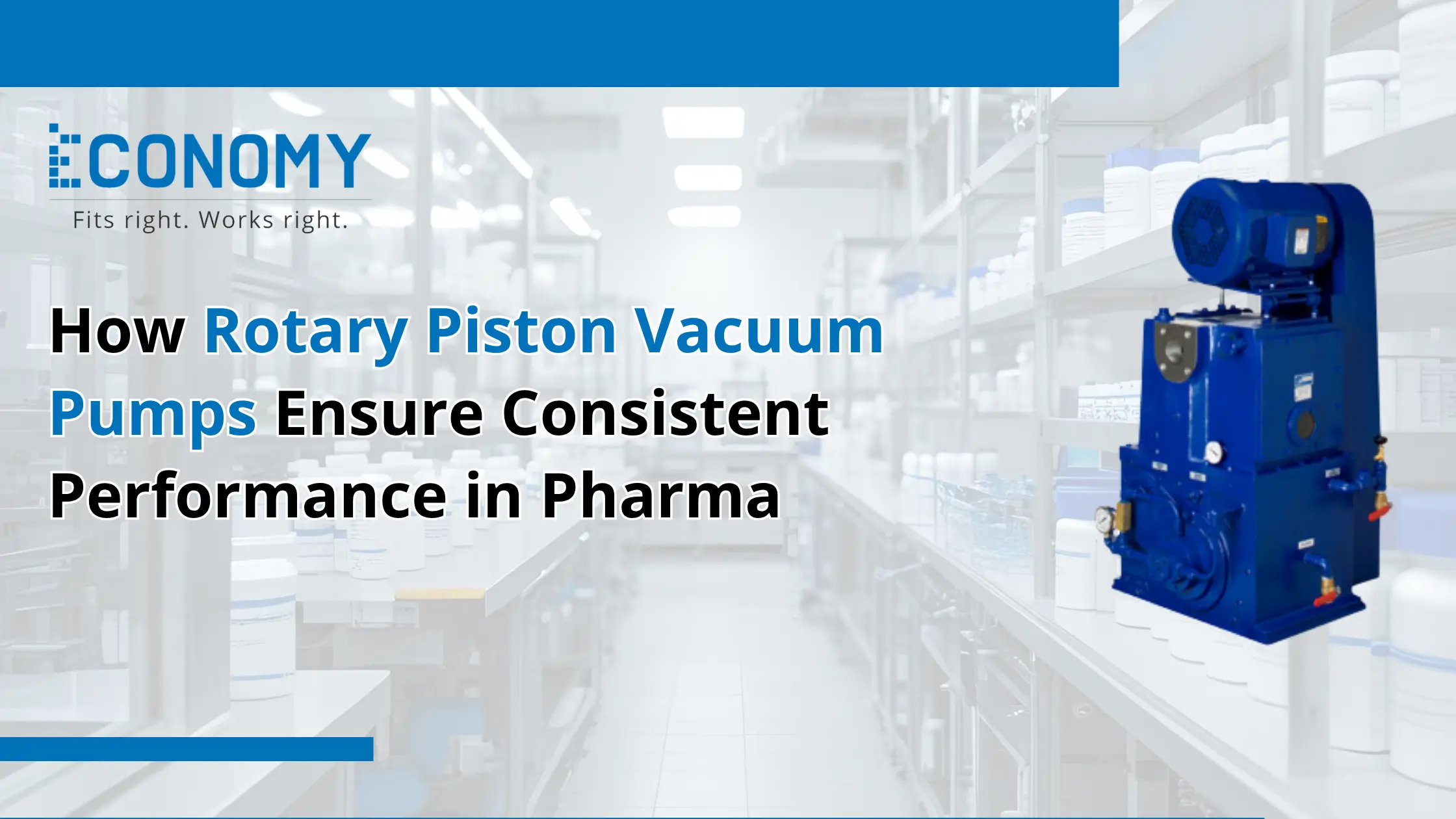
How Rotary Piston Vacuum Pumps Ensure Consistent Performance in Pharma
In pharmaceuticals, it's important to meet consistency, not just to meet a standard. All steps, beginning with developing the drug and continuing until it is packaged, should follow exact procedures and maintain accurate environmental conditions. The rotary piston vacuum pump is one of the key tools that make controlled environments possible.
Many rotary piston vacuum pumps are being used in the pharmaceutical industry for their ability to create high-quality, reliable deep vacuums. Their tough structure, long life, and ability to handle stressful work environments make them the preferred machines for pharma companies that work toward meeting all required standards.
How Rotary Piston Pumps Work
The way rotary piston vacuum pumps work is through positive displacement. At the centre of the pump, a rotor contains an eccentric piston that pushes inside a cylinder. While the piston is rotating, different amounts of space are being made within the chamber. It helps with getting air and vapours in, squeezes them and forces them out of the engine by means of an exhaust valve. Rotary piston designs give such pumps the power to maintain a steady and deep vacuum, even when facing challenging operating conditions.
Why Rotary Piston Pumps Are Ideal for Pharma
Both complexity and sensitivity are important characteristics of pharmaceutical processes. To work properly, freeze drying, vacuum distillation and solvent recovery systems need constant pressure control and a vacuum that doesn’t fail. Pharmaceutical vacuum pumps have been designed to handle these specific needs.
These devices keep the vacuum running the same no matter what is being processed, which is necessary for keeping the product stable while being made. Being well-built, these devices work in places that have harsh conditions with corrosive fumes and vapours. An oil-sealed mechanism is used to help the pump work reliably by keeping gas from moving backwards and preventing contamination.
Thanks to their working at a leisurely pace, rotary piston pumps put less pressure on the parts and consequently require less service and last for a longer time. Because there are financial and regulatory risks during downtime, having durable equipment is a big plus in pharmaceutical manufacturing.
How they manage condensable vapours is also very important. Many drug production processes make use of ethanol, methanol or acetone. Gas ballast valves in rotary piston pumps make managing vapours simple without reducing the vacuum or causing issues to the internal parts.
Technical Specifications and What They Mean for Pharma Operations
Rotary piston vacuum pumps are sold in various styles, and going over their technical specifications guides you to the pump that will fit your process best. With lyophilisation, the ultimate vacuum rating, as little as 0.001 Torr, is needed. For laboratories, the CFM of a pump is usually about 15, but for larger production, it may be anywhere from 500 CFM and higher.
Considering the building's construction materials is also necessary. The cooling of air and water helps keep the pump working well throughout frequent operations. In addition, the latest models are made with low vibration and sound so that they can be used in cleanrooms.
The EPS Pump Series: Meeting the Needs of Modern Pharma
The EPS Series Rotary Piston Vacuum Pumps are known for their top results and pharmaceutical suitability among all the models available. Because they are designed for tough tasks, these pumps provide stable, reliable vacuum levels for prolonged production. Their oil-sealed design guarantees both efficient work and low chances of contamination.
Modules in the EPS series are easily modified to fit into most pharmaceutical production lines already using vacuums. A gas ballast valve allows the pneumatic process device to handle vapour-laden gases efficiently. Should the system lose the supply of energy, the backflow of gases is stopped by an internal non-return valve.
A major difference between the EPS series and others is its aim for lasting reliability. Pumps manufactured with low-wear and friction components can be used continuously, which is important for both pharma batch production and continuous processing.
Application Case: Freeze Drying and Regulatory Compliance
Freeze drying, also known as lyophilisation, is a very important way to preserve pharmaceutical products by removing moisture while under vacuum. Pressure changes very easily affect this method. A switch in the vacuum can sometimes cause changes in the product that reduce its efficacy.
Rotary piston pumps, just like the EPS series, have been instrumental in retaining the low and stable vacuum required for freeze drying. Their consistent performance over lengthy cycles ensures that the product stays intact for the duration of the drying segment. Moreover, these pumps can take care of a couple of batch cycles without performance dips, thereby supporting higher throughput.
In terms of regulatory compliance, rotary piston pumps are properly applicable to cGMP environments. The EPS collection comes with validation-geared-up features, including 21 CFR Part eleven compatible tracking, documentation for installation and operational qualification (IQ/OQ), and cleanroom-well-suited designs. These attributes cause them to be a reliable accomplice in meeting FDA and EU regulatory requirements.
Conclusion
In the high-stakes world of pharmaceutical production, there's little room for blunders. Every issue of the process, from raw cloth dealing to the very last packaging, needs to function flawlessly to ensure product protection and compliance. Rotary piston vacuum pumps play a pivotal role in allowing this precision.
With their capability to preserve deep and rotary piston vacuum pumps, withstand harsh working conditions, and integrate seamlessly into regulated environments, rotary piston pumps like the EPS collection have emerged as a cornerstone of cutting-edge pharmaceutical operations. Their sturdiness, low preservation needs, and excellent overall performance cause them to be wonderful investments for organizations aiming to scale with consistency and self-belief.
As the pharmaceutical industry continues to evolve, pushed by innovation and tighter rules, technologies that offer reliability, efficiency, and compliance readiness become even more vital. Rotary piston vacuum pumps do not simply meet those expectations; they frequently exceed them.
FAQs.
Q1: Why are rotary piston pumps widely used in pharma?
Rotary piston pumps are used in pharma for their deep vacuum capabilities, durability, and consistent performance, essential for processes like freeze drying, filtration, and solvent recovery.
Q2: How do they maintain purity and stability?
These pumps use oil-sealed mechanisms and gas ballast features to prevent contamination, maintain vacuum integrity, and ensure consistent environmental conditions for sensitive pharmaceutical formulations.
Q3: What maintenance is required?
Regular maintenance includes oil changes, seal inspections, and filter replacements. Their robust design minimizes wear, making them ideal for long, continuous operation with reduced downtime.
Q4: What makes EPS rotary piston pumps unique?
EPS pumps offer superior vacuum stability, modular design, and vapor handling. They’re built for GMP environments with features like gas ballast valves and compliance-friendly documentation support.
